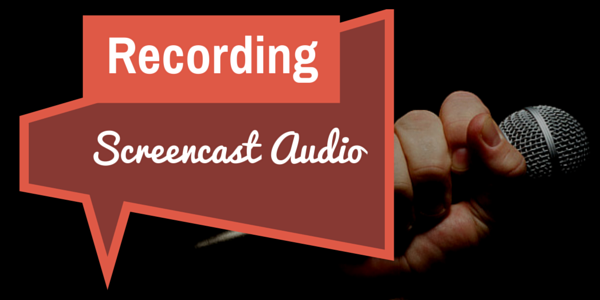
Recording audio for screencast demonstrations
If you want more professional results, record audio independently of screen actions.
Here are two quick videos of the same content. Neither took long to produce, and I’ve listed the pros and cons of each approach after each video.
Simultaneous audio and screen recording
Benefits: Recordings can be rapidly produced, don’t generally benefit from post production (reduced time-to-market), don’t require a great deal of skill.
Drawbacks: Typically limited to video formats like MP4, so clarity v. file size may become an issue. More difficult to remove gaffs. Timing, movement (jitters) and audio are all intertwined, so the final product is “rougher” than with a tool that records and edits.
Best use: Quick how-to’s for internal clients, or for high volume series of videos with unrealistic production times.
Audio recorded after screen recording
Benefits: Since audio is added after recording, improvements in script, timing, tone, and emphasis are a near-certainty. Can be output to Flash, HTML5, or video formats (MP4, etc.)
Drawbacks: Longer editing process (by a factor of X, depending on individual experience). The result is still a “YouTube” video, though more professionally presented.
Best use: Sales collateral, where professionalism counts, where persuasion rather than actual learning is the goal.
*Bonus Section: Interactive Simulations
Here is the same material, produced as an interactive user experience. The file is a PDF, so you may need Acrobat or Adobe Reader 9 or newer to access. You may also need to download the file for the best experience.

Join over 4,300 of your peers and get my latest content sent to you for free, along with some of my all-time favorites.